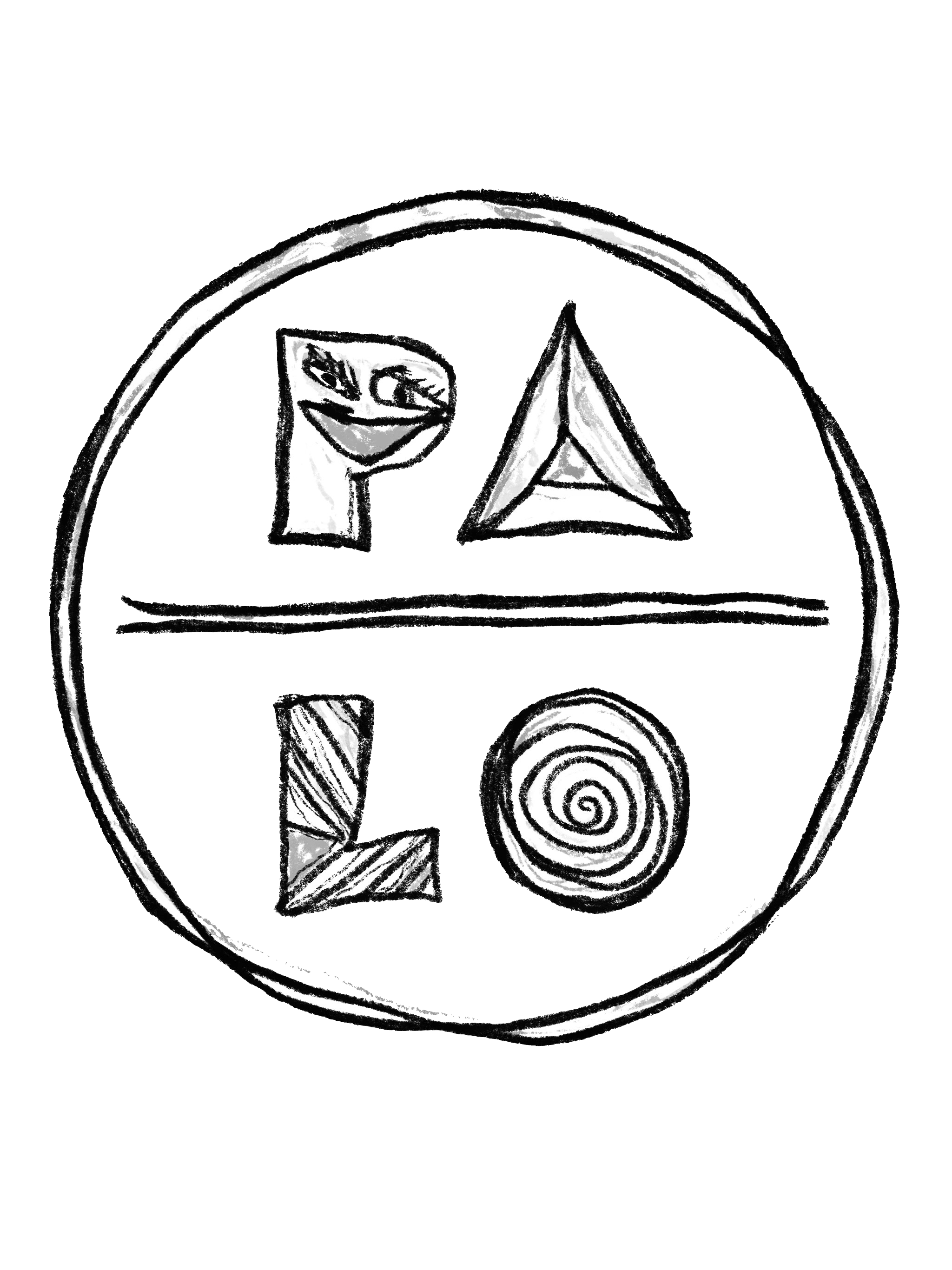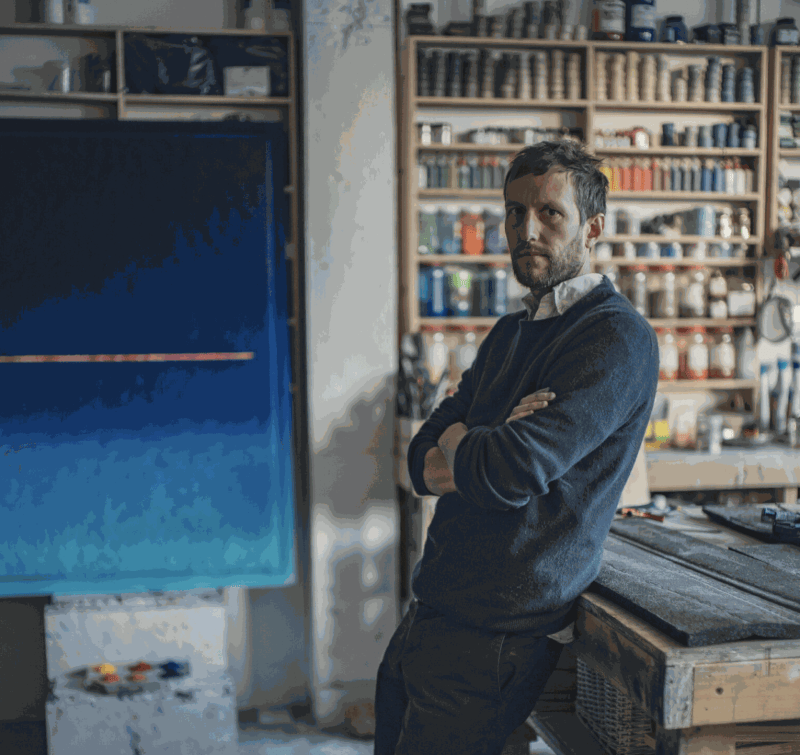We caught up with artist Henry Hudson at the opening of his new solo exhibition Scapes at Unit London. To find out more about the show how covid has affected his art practice and how changes in his self have impacted his work.
The new body of work is quite a departure from your previous work – what happened?
I think a few things happened. One was obviously the pandemic and it was the first time in global history that collectively the rest of humanity was experiencing the same panic and anxiety. For the first time ever we were all institutionalised in our own homes and became digitalised. The pictures came about because I’d taken a flight to LA which was empty. Rather like James Turrell, who focussed on the dialogue in painting with light, space and colour, I had a similar reflection on this empty flight on the chaos and trauma that we were collectively experiencing.
If Hogarth was the starting point for your previous who is the starting point for these more minimal abstract works?
I wouldn’t specifically say there was an artist at all that inspired these works. I’m using the same medium that I have used for decades. It was a rearranging using the same materials but it’s a much more personal experience. It’s nearly a decade since I did the Young Sen paintings. Sobriety and age have informed these abstract works where you have the beautiful purity of colour but with the aggressive surface cut. It’s still very much a part of where we are as humans. Hogarth and Young Sen were about me going from one part of life to another whereas these works are much more existential and inward-looking.
So looking at the new work, have you gone sober, vegan started meditating and become ‘grown up’?
I did go sober about five years ago. I started doing David Lynch’s transcendental meditation which has informed the work. You don’t have anything to inebriate pain when you go sober so you have to find a higher power that is bigger than yourself. Internally the paintings were about being up in the air and that external connection with the cosmos. They are like early abstract versions of the metaverse.
What is success for you when it comes to a show?
If I can leave the exhibition with something in the show that I’m not happy with or not finished, that’s success for me. That means that there’s more work to be done. Success is not the end-all, it’s a comma, not a full stop. Success in an exhibition is one part of the circle that is ones’ practice. It can come in many assets that are attuned to how one is feeling at that time. There are successful elements but there are things that can be improved.
Good art has a sense of itself and awareness. You have to keep your ego in check when measuring who you are and how you’re behaving. There are too many artists who have too many ‘yes’ people around them. The world is full of money, podiums and triumphs. Success is an individual self-assessment. What could be successful for you might not be for the next person. My belief is that if it has holes in it, it tends to be more successful.
I have always thrived on criticism after my shows. If everyone keeps telling you you’re amazing, then the work tends to end-up going bad. What makes a successful show is to listen to criticism but be kind to yourself. It’s your life dedicated to a philosophy that’s in your studio. I have people who rely on me, it’s not just my canvas and paint. My studio is also a workplace where people come to work and be happy. I run a studio and I invest a lot of time and money into a team of people. The success for me doesn’t equate to the work hanging on a gallery wall but executing to the best that it can be. The magic is in making the work.
With these works was it easy to know when to stop?
Yes absolutely, because it’s not me in the canvas. They are thought out and to some degree, they are mathematical. Once they were digitally rendered and we worked out what we as a team were doing, it was a process rather interaction between me and the canvas. This is a material that can’t be moved around. It dictates to me what I can and can’t do. Once we’ve figured out what we’re doing, it’s much more zen and masterful. It’s very meditative because when you’re cutting it, if you go wrong you have to redo the whole thing.
Have you seen all the lines in the places in the titles?
I have been to those places geographically. The colour of the palette dictated the titles. The titles match the experiences that I have had but they are not literal. I was trying to get away from geopolitics. When I was having this experience on the plane, so they are very much about being in the hemisphere of our planet. Some of them are connected to countries and some to seas.
New horizons?
Where does it start and where does it end? Is it the horizon in our soul, our physical self, or our solar system. It can be an ontological question. It can be anything from the literal to the fantasy.


